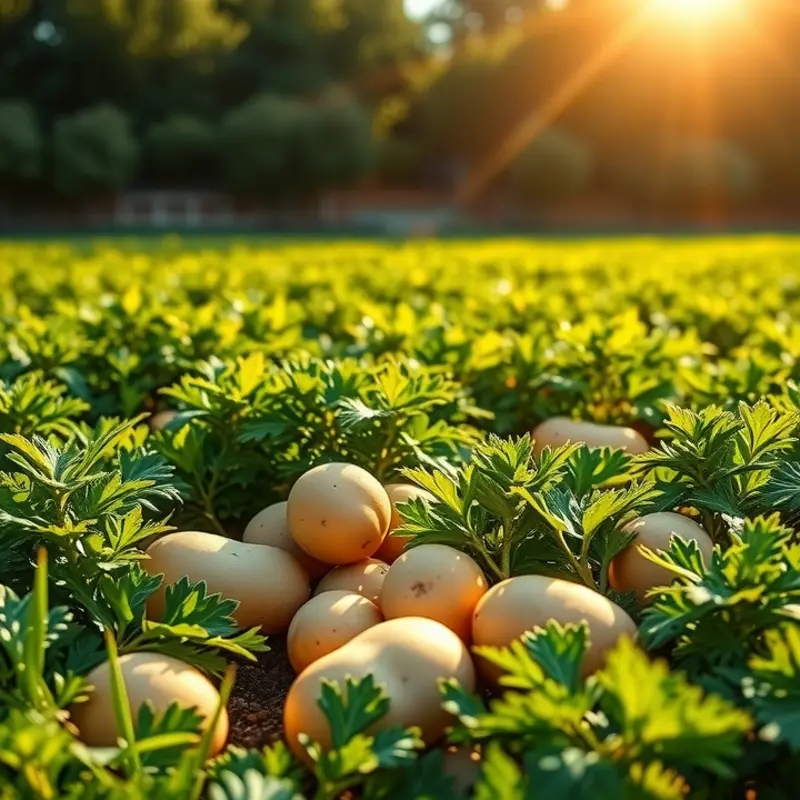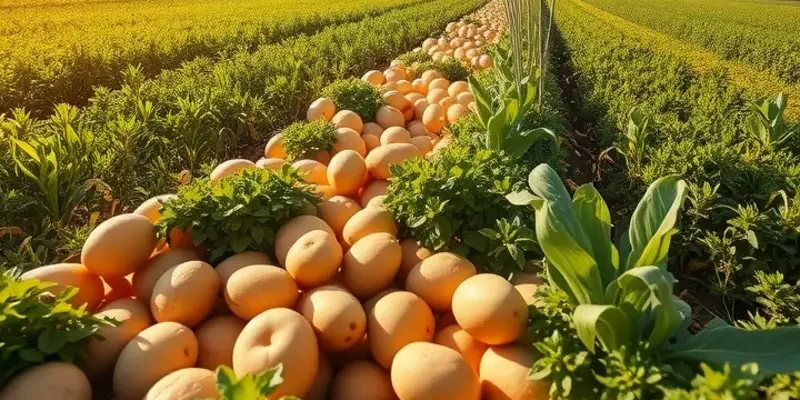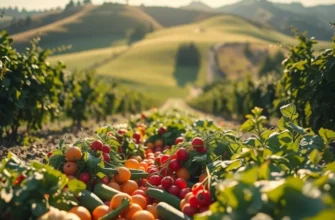Creating perfectly smooth mashed potatoes is an art that every home cook should master. Whether you are preparing a weeknight dinner or a festive feast, smooth mashed potatoes can elevate any meal. With the right techniques and a handful of ingredients, you can achieve a luxuriously smooth texture that is sure to impress. In the following chapters, explore practical tips and methods to enhance your potato mashing skills.
Choosing the Right Potatoes

The secret to smooth mashed potatoes starts with selecting the right type of potatoes. Starchy potatoes like Russets and Yukon Golds are top choices due to their ability to break down easily when cooked. Assessing the type of potato is crucial. Starchy potatoes tend to have a higher dry matter content, making them ideal for a fluffy and creamy texture. In contrast, waxy potatoes can result in a dense and gluey mash.
Next, it’s important to check for freshness. Select potatoes that are firm to the touch and free from blemishes or sprouts. Fresh potatoes contribute greatly to the quality of the mash, while older ones may have an undesirable flavor or texture. If you’re puzzled about picking fresh produce, you might find insights on eco-smart kitchen storage practices useful.
When it comes to the age-old debate of peeling or not peeling, consider your texture and nutrition preferences. Removing the skins usually results in a smoother final product, but the peels add fiber and nutrients. For those who enjoy a bit of texture, leaving the skins can enhance the dish’s unique flavor profile.
Cutting evenly is key to ensure each piece cooks at the same rate. Uniform diced potatoes aid in preventing some pieces from becoming too soft while others are undercooked. Aim for consistent sizes, approximately 1-2 inches, which also speeds up the boiling process.
Lastly, consider soaking the potatoes after they’re cut. If you have some extra time, soak the pieces in cold water for about 30 minutes. This step helps to remove excess starch, contributing to a smoother mash. Be sure to drain and rinse the potatoes thoroughly before cooking to prevent gummy textures.
By carefully selecting and preparing your potatoes, you lay the groundwork for achieving the creamy, dreamy side dish that perfectly complements any meal.
Perfecting the Mashing Technique

Once your potatoes are cooked to fork-tender perfection, the true art of creating ultra-smooth mashed potatoes begins. The Cooking Method is crucial. Boiling potatoes in salted water enhances flavor from the inside out. It’s essential to catch them just at the point of tenderness, avoiding overcooking to prevent excess water absorption which could lead to a watery mash.
Proper Drainage is another understated but vital step. After boiling, let the potatoes sit in a colander not just to strain but to allow all surface moisture to evaporate. Dryness here is your friend, helping to achieve a richer mash.
When it comes to Mashing with Care, the tool of choice can significantly alter the texture. A potato ricer is optimal for achieving the finest, most uniform texture, akin to restaurant-quality dishes. If a ricer isn’t available, a traditional masher works well, provided one is gentle and patient. The key is to avoid activating the starches too much, which leads to a gummy texture.
Incorporating Butter and Cream is where indulgence meets science. Warm your butter and cream or milk before adding to prevent a temperature shock, which can cool down the potatoes prematurely and affect texture. Add them gradually while mashing to control consistency and richness, achieving a sublime creaminess.
A dish is only as good as its seasoning. Thus, Season Generously but with precision. Salt and freshly ground pepper are your trusty allies. Begin with small amounts, incorporating incrementally, and tasting often. The potatoes should be full-flavored, but not overly seasoned, allowing the natural potato taste to shine through.
Avoid Overworking the mashed potatoes. Once the components are combined, resist the urge to mix excessively. Overworking develops too much gluten, leading to an undesirable, sticky consistency. Instead, aim for a gentle mix until the ingredients are just unified.
For those interested in minimizing kitchen prep or seeking time-saving methods, consider incorporating insights from minimal prep dinner ideas. These can offer streamlined approaches without sacrificing quality.
Mastering these techniques will elevate your mashed potatoes from a basic side dish to a delectable centerpiece full of flavor and finesse.
Final words
Successfully mastering the technique of making smooth mashed potatoes can transform a simple dish into a masterpiece. By selecting the right potatoes and employing the proper mashing techniques, you will enhance your cooking skills and impress your guests with each velvety bite. Remember to keep experimenting with different ingredients, such as infused oils or various seasonings, to discover your perfect mash. The key is practice and patience, so roll your sleeves up and get ready to enjoy the comfort of creamy mashed potatoes.







